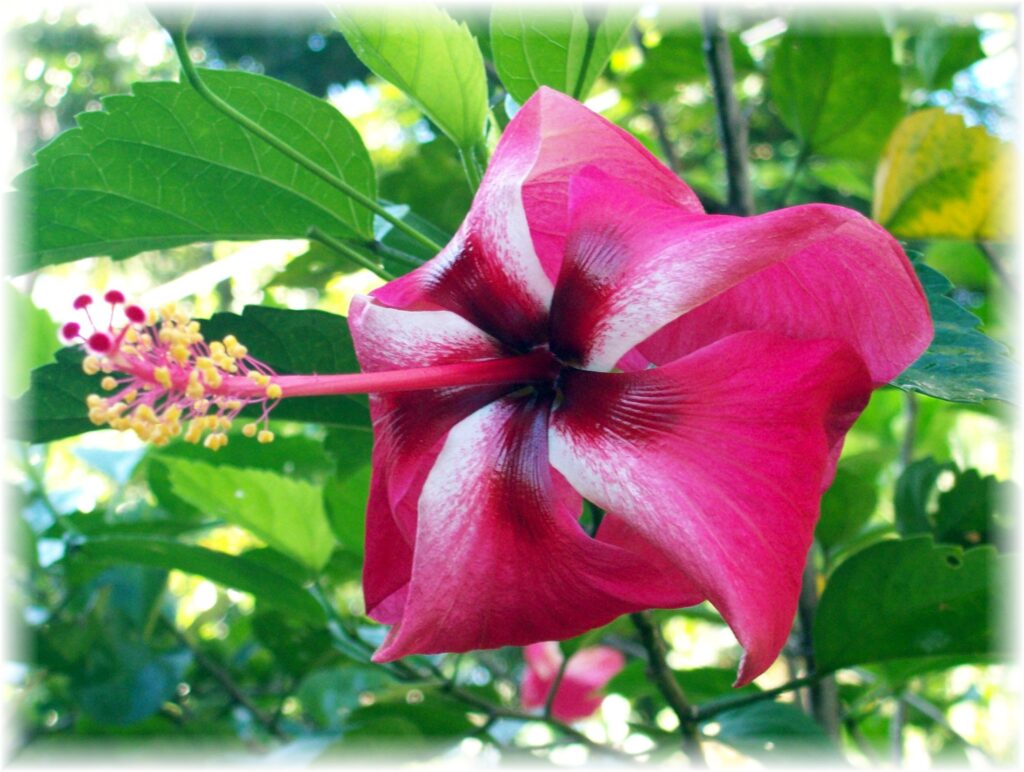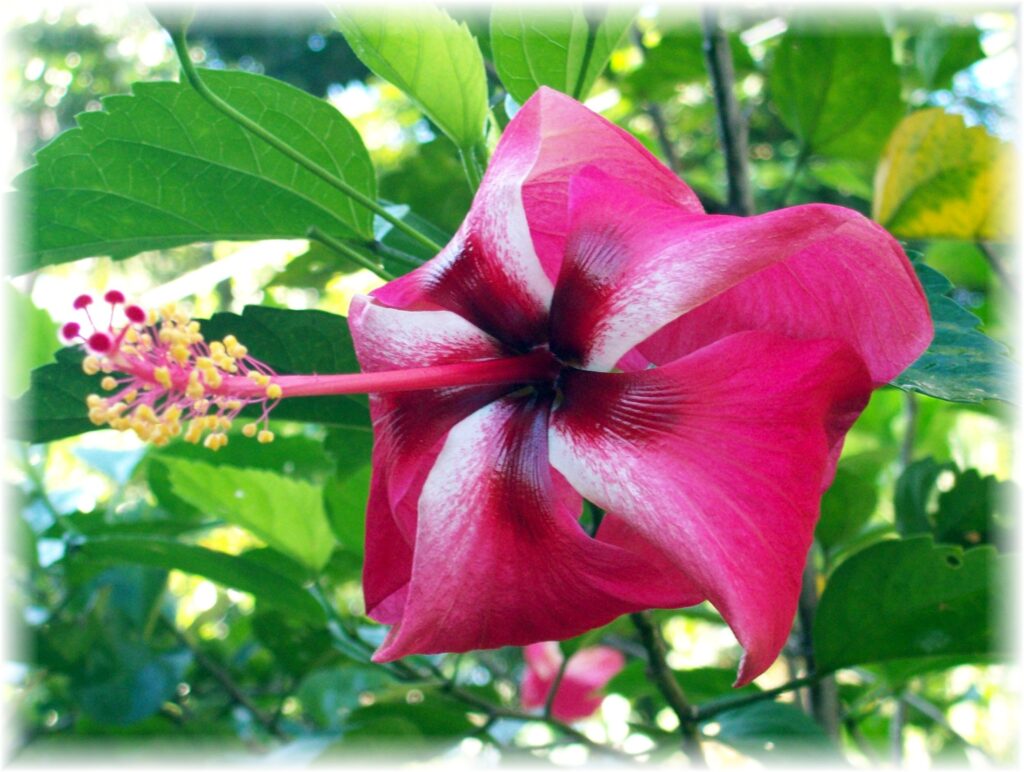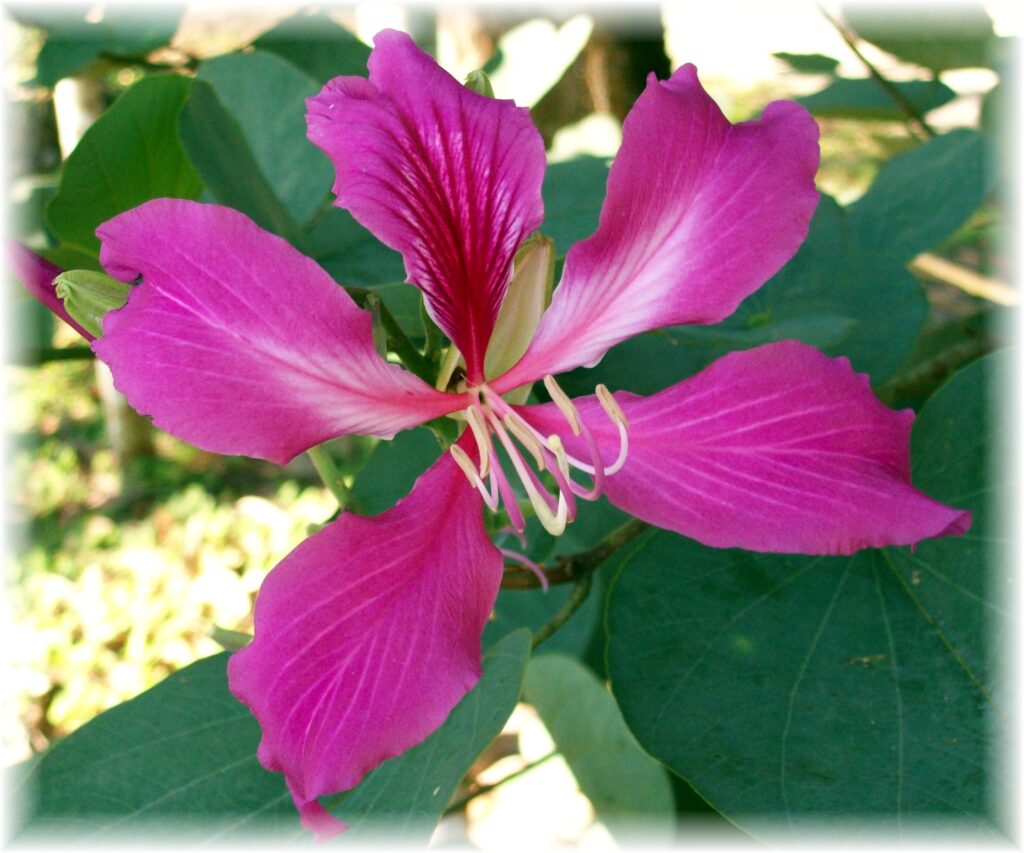FOODS FROM YOUR ORNAMENTAL GARDEN
Text and Photos by Henrylito D. Tacio
What would happen to this world if there are no flowers? Simply boring, perhaps meaningless, without color, and seems barren. Think of weddings without roses and chrysanthemum, Christmas without poinsettias, graduations without orchids, and burials without wreaths made of various flowers.
“Flowers are the sweetest things God ever made, and forgot to put a soul into,” noted Henry Beecher. “Earth laughs in flowers,” Ralph Waldo Emerson wrote in Hamatreya. Emma Goldman declared, “I’d rather have roses on my table than diamonds on my neck.”

Because of their varied and colorful appearance, flowers have long been a favorite subject of visual artists as well. Some of the most celebrated paintings from well-known painters are of flowers, such as Van Gogh’s sunflower series or Monet’s water lilies. Flowers are also dried, freeze-dried, and pressed in order to create permanent, three-dimensional pieces of flower art.
For all the times you’ve sent your loved one’s flowers, how often have they been tempted to taste their distinctive, delicate flavors? Probably never. Unknowingly, hundreds of fresh flowers are edible but few are widely marketed as
“One of the best things about edible flowers is that they transform ordinary food into a dazzling creation,” says one chef. “Their colors add vibrancy, and the flavors add zest to any dish.”

Oftentimes, flowers are used to add color and flavor to salads. Squash flowers, for instance, are dipped in breadcrumbs and fried. Edible flowers include chrysanthemum, carnation, chicory, and sunflower. Some edible flowers are sometimes candied such as daisy
Most people might not know this, but roses are edible and as with many edible flowers, they actually are quite tasty! Some claim they taste like sweet apple fruit and others fail to be able to describe the taste of a rose. There are many recipes for the use of roses, but a favorite is always candied rose petals, which are a great confection to decorate cookies, cakes, and puddings.
Do you know that you can make an omelet out of gumamela leaves? This has been discovered in a study on ornamental plants conducted by researchers from the University of the Philippines at Los Baños (UPLB).
“Most ornamental plants are also rich in vitamins and minerals,” said Dr. Gregorio Lugod and Dr. Ludivina de Padua of the UPLB Department of Botany, who conducted the laudable study.
Gumamela is very common in many gardens, but it is mostly used to adorn tabletops or a girl’s hair. Unknown to many, the shrub’s flowers and leaves can now be eaten as food. The UPLB researchers said that gumamela can provide the body with starch, glycogen, calcium oxalate, sulfur, and pectic substances to prevent colds, cancer, and ulcer.

The petals of the gumamela flower can be pickled or even made as jelly. The flower buds and leaves can also be prepared into a vegetable salad, as an omelet (fried with scrambled egg) or as sautéed vegetable dish. In Mexico, gumamela flowers are used to make jamaico, a cool drink infusion perfect for refreshment on a hot summer’s day and flavor ice cream and sorbet.
Roselle, a relative of the gumamela, can supply the body with vitamin A, thiamine, riboflavin, niacin and ascorbic acid. Lack of these substances in the body, especially niacin, causes loss of appetite, nervousness, redness of the tongue, skin discoloration, and mental depression.
The red and fleshy calyces (outer petals) of roselle flowers can be made into wine and jellies. In addition, the young leaves can be used as a substitute for spinach, or maybe cooked with fish or meat in making sinigang.
On the other hand, the young leaves of alibangbang can be eaten raw or cooked in soups, stews, and meat or fish dishes. Its flowers and buds can also be pickled. The leaves, flowers, and buds contain starch, glycogen, hydro cellulose, fats, tannin, saponin, protein, and calcium oxalate needed to make the human body fit and strong.

Bougainvilla flowers are used in salads. Katuray (known in the science world as Sesbania grandiflora) is a common vegetable among rural folks. In Thailand, some orchids are mixed with flour and eggs and fried.
Yes, flowers are not only for appreciation but consumption as well!

